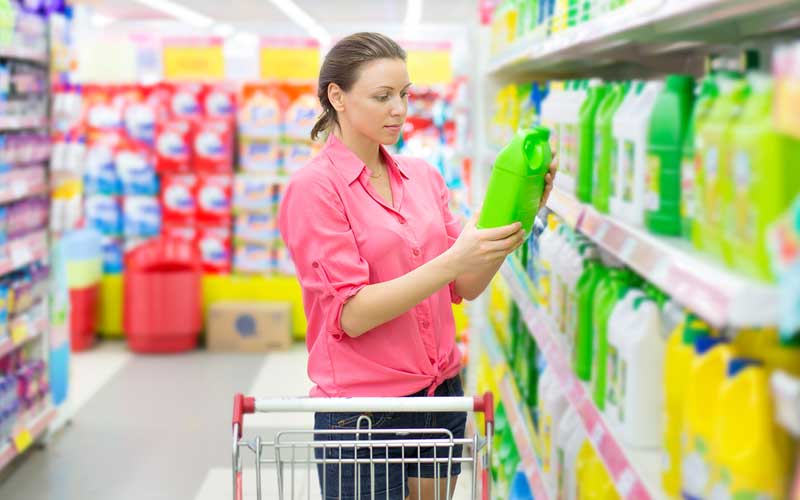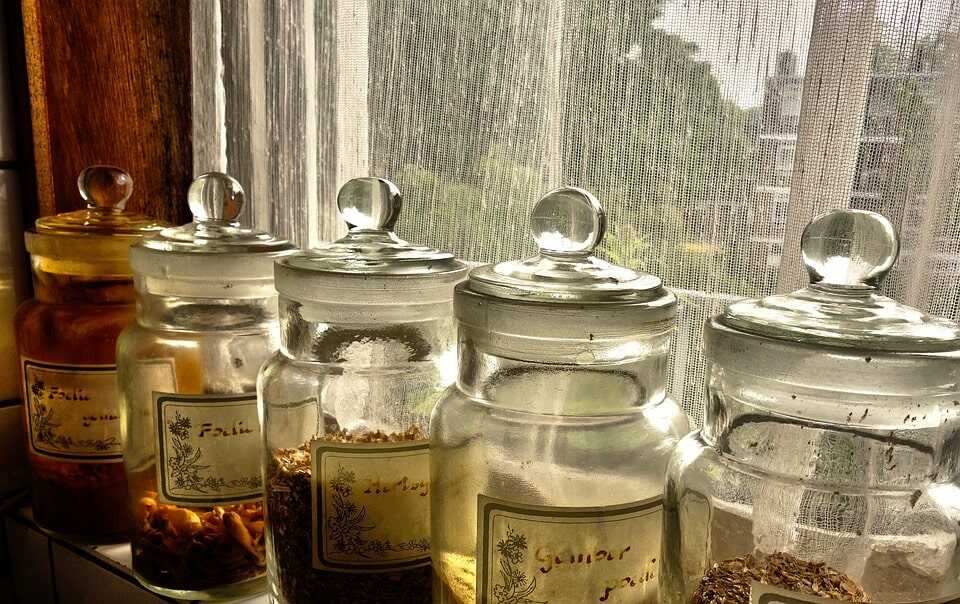Intriguing and innovative things have always been created as we humans have progressed with the passage of time, and who can deny that? Undoubtedly, the food department is one of the most crucial and sizable industries internationally, and its significance cannot be denied. One cannot function without this sector as it supplies all the basic necessities.
Irrespective of whether or not they are edible, bottled and jarred packaged goods come with the labeling of either ‘bottled’ or ‘jarred packed.’ Their use was first introduced by Syria and Ancient Egypt when foods and liquids were stored in glass vessels. However, bottled manufacturing technology has not changed much with time. Here is everything you need to know about bottled and jarred packaged goods!
Introduction to Bottled and Jarred Packaged Goods

Source: iitsweb.com
Presently, a significant range of jarred and bottled packaged goods is available in the market. Such goods come in plastic because it provides considerable protection to the stored foods, particularly when shipping them overseas due to their lightweight and low-cost properties.
In the United States, glass vessels were once a popular form of jarred and bottled packaged goods for containing liquids. However, a gradual transformation from glass to plastics was observed at the beginning of the 1960s for storing foods and beverages. The reason behind this transformation was the superior appearance, variety, lightweight, and low cost of plastic.
Bottled and jarred packaged goods fascinate consumers as they are convenient to use, portable, and often labeled as fresh. Such aesthetically pleasing jars are mostly made for unique products and are easy to carry around. Don’t you agree?
Types of Bottled and Jarred Packaged Goods

Source: Solutionhow.com
Even in ancient times, the use of bottles and self-created jars was commonly observed. Due to this widespread use, these bottles and jars have now been industrialized. As they provide convenience and comfort, the packaging industry relies on them. Here are the main types of jarred and bottled packaged goods!
Read also: Mercedes Moore – {Bio, Age, Instagram, Spouse, Networth}
Good Packaging Industry
Jarred and bottled packaged goods come in an immense variety of sizes, textures, and flavors. No doubt, the quality of a material can be evaluated from its packaging equipment. As glass bottles are extensively preferred, the products packaging enterprises depend on them.
Aluminum-Based Containers
Containers made of aluminum constitute one of the most widely used materials for packaging as they are easy to manufacture and inexpensive. Moreover, such containers can be conveniently created from recycled items, are safe to use, and enhance the shelf life of foods. With that said, the interior of most bags and plastic trays might contain aluminum.
Cardboard Packaging
Cardboard is easy to recycle and lightweight, among its various known advantages. Water and moisture are easily transferred to their contents as they constitute absolute substances.
That is why it is commonly used to store and ship food items due to its distinctive molding properties. Fruit or vegetable boxes, takeaway dinners, condiment tubes, frozen food boxes, and nut tubs are commonly known cardboard packaging applications.
Metal Packaging
Metal containers are best for someone whose intention is to achieve long-term food conservation. Normally, canned food items are packaged in metal containers to provide better safety. You should note that cans can store and preserve numerous food items, such as vegetables, fruits, fish, and pates.
Wooden Containers
Wood containers offer long-lasting packaging, capable of withstanding long-lasting conservations. Oil, wine, and beer are commonly stored liquids in wooden containers.
Professionals say that this is because wooden containers can keep the quality and flavor of such beverages intact for prolonged periods. As for gourmet foods, vegetables and fruits can also be packaged in such containers.
Glass Containers
Glass containers are known to be both corrosion-free and gas-tight at the same time. Moreover, such containers can also be recycled and reused for longer periods if sanitized and cleaned regularly. Many food items, including beer and jam, are common applications of glass containers.
Pros and Cons of Jarred Packaged and Bottled Goods

Source: Solutionhow.com
As we all know, drawbacks, as well as benefits, are associated with everything. Excess of anything may lead to a disaster, so the usage should be kept in moderation. Here are the pros and cons of jarred packaged and bottled goods that you need to know.
Pros
- Glass containers do not oxidase or release hazardous oxidation, so they can preserve the food effectively.
- Glass containers do not harm the environment in any way and are completely sustainable and safe to use.
Cons
- Glass packaging is expensive.
- Such packaging can be easily damaged as it is fragile.
Conclusion
The phrase ‘Bottled and Jarred Packaged Goods’ signifies processed, canned, or other such foods in an airtight container. We hope you will be clear with the pros and cons of such containers after reading this article.
Read more interesting articles at Hub Blogging